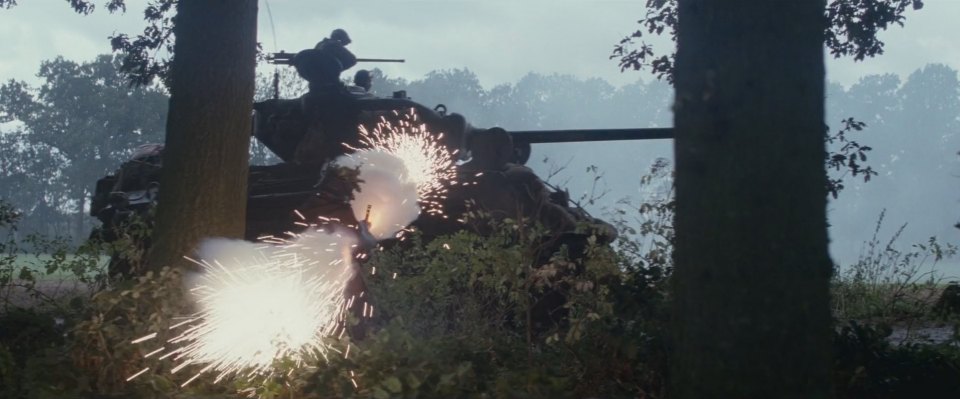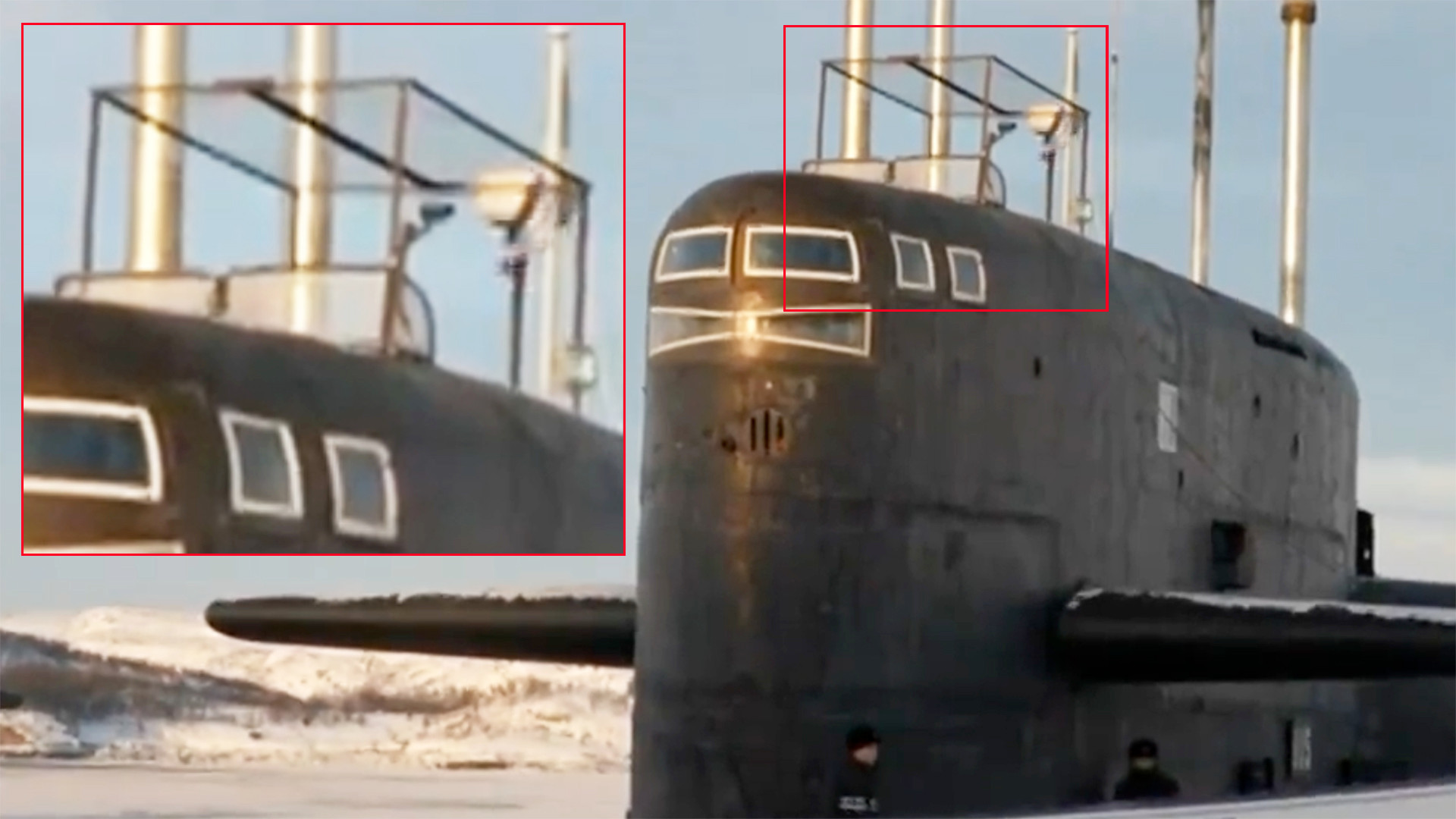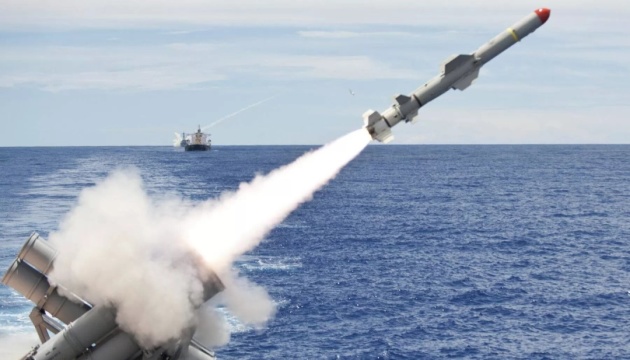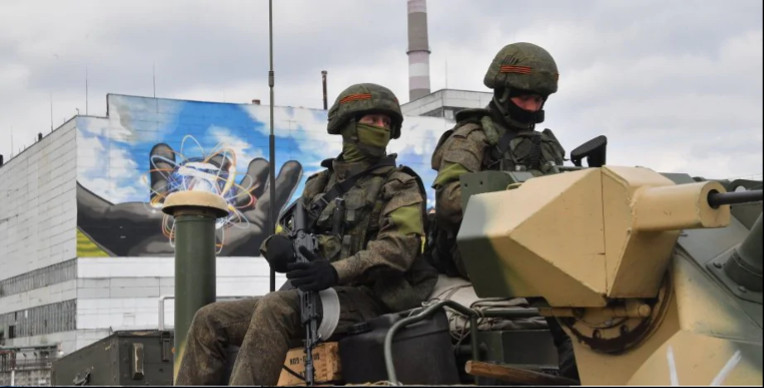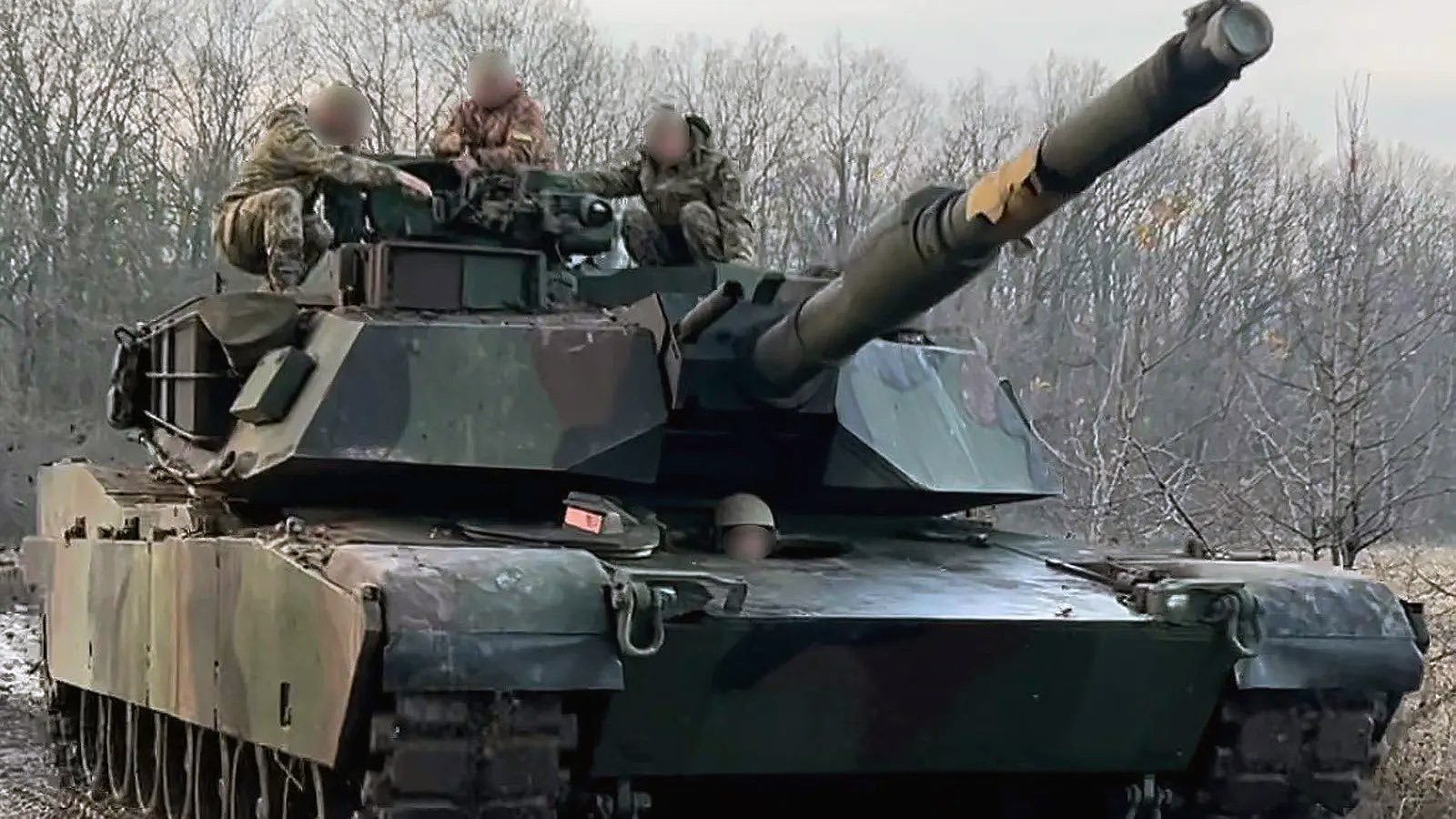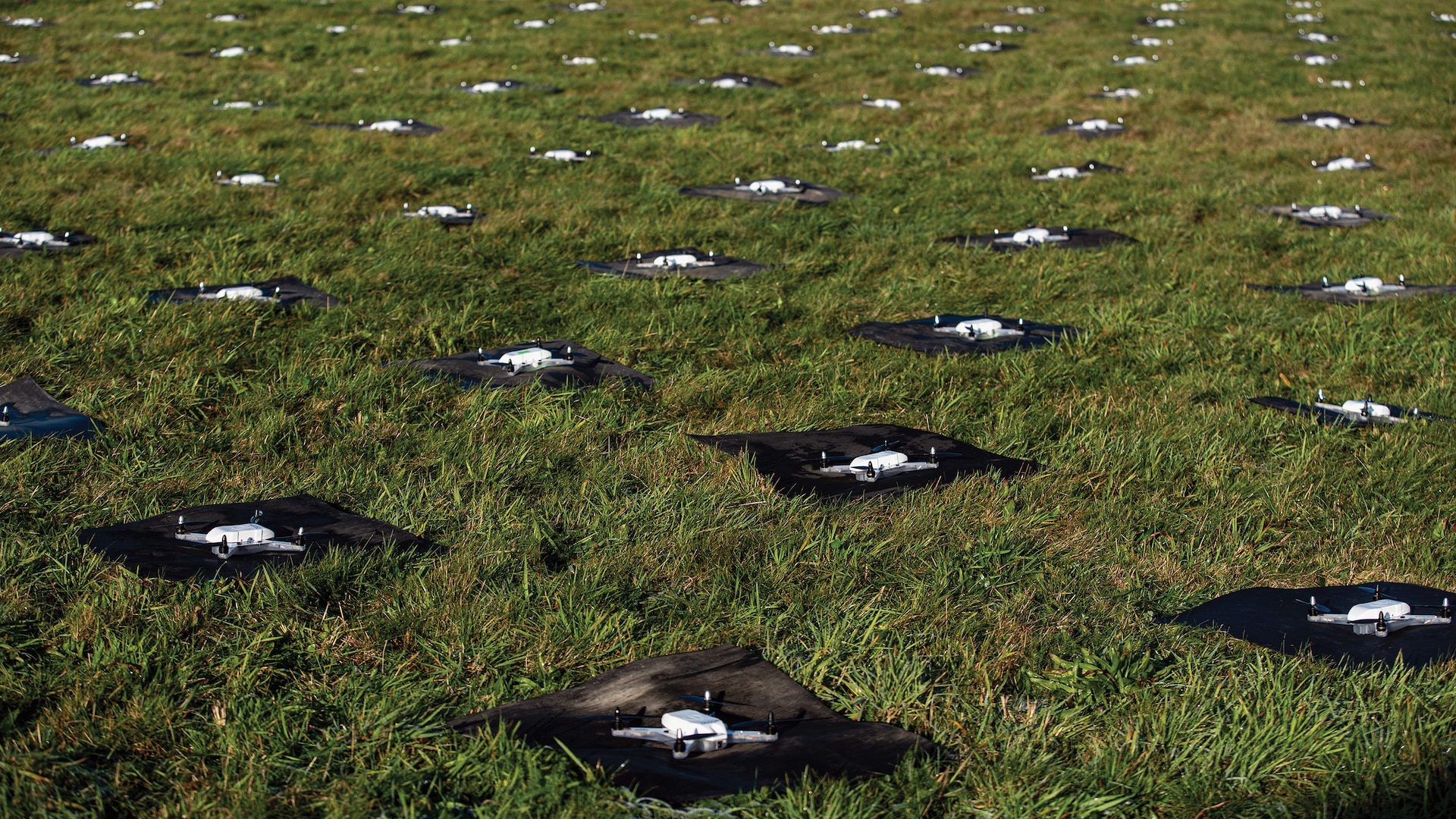From the
ISW website, the "transparent" battlefield is forcing the Ukrainians to pull their Abrams tanks back from the front in order to protect them.
I'm sure that more effective counters to UAVs will in the near future improve the situation, but I suspect that concentration of forces will always be much more challenging than in the past. Does that mean that pushing combined arms further down in the TOE will be required?
The inability to concentrate forces was a major concern during the early Cold War. At that time, the fear was that nuclear weapons would make it prohibitively difficult to mass forces without them being wiped off the map.
In the 1950s, the US Army developed the Pentomic division as a response to the threat of nuclear weapons. The division had five battlegroups of five companies each, as well as a large recce battalion and nuclear capable surface-to-surface missiles. Each battlegroup was intended to operate independently and had its own artillery and CSS support. So, basically the US took the approach you have suggested - pushing capabilities down much lower in the TOE than previously. The theory was that the battlegroups could fight dispersed and the company teams were small enough that they wouldn't attract nuclear strikes, and the collective nuclear capabilities of the division would allow it to defeat much larger Soviet formations.
The Pentomic division might serve as a cautionary tale, as it was ultimately abandoned in 1963. Exercises and wargaming had demonstrated several problems. First, on a (simulated) nuclear battlefield it proved to be better in theory than in practice due to deficiencies with equipment and training. Second, on a more traditional conventional battlefield, it lacked firepower and mass. It's probably a good thing that Vietnam was not fought with Pentomic-style divisions.
For their part, the Soviets (and their Russian successors) came to see precision guided weapons as having effectiveness on par with tactical nuclear weapons. They both made it easy to cripple a tactical formation with a relatively small number of munitions, provided that they could be delivered accurately enough.
UAVs seem to be reaching a similar level of effectiveness, in that a given UAV strike will have a high probability of killing a vehicle if it can get close enough. Drone operators can only control so many UAVs at a time, so I'm not entirely convinced that they can't be countered with sufficient mass, even if a massed formation might increase vulnerability to other threats.
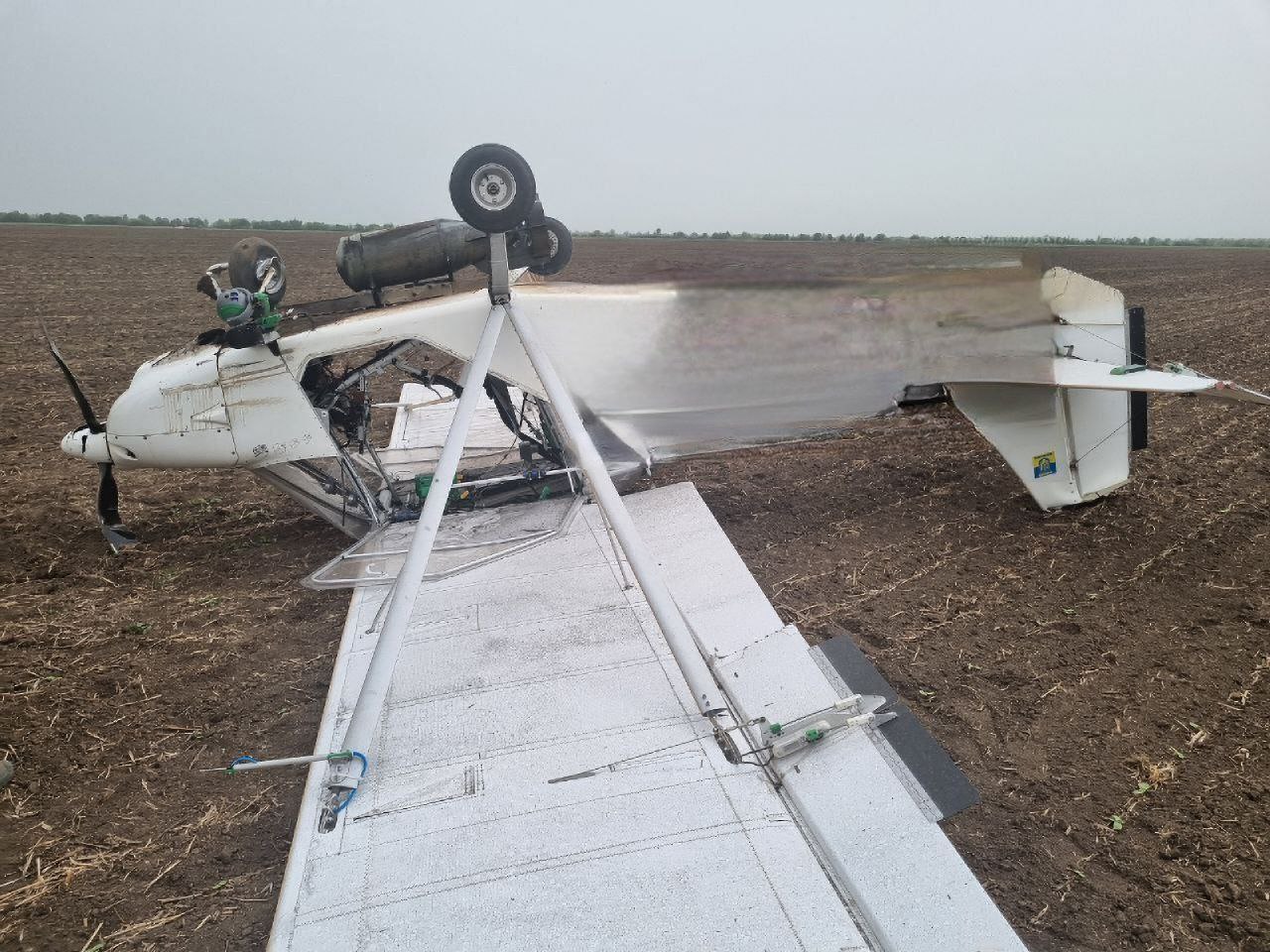
 defence-blog.com
defence-blog.com



